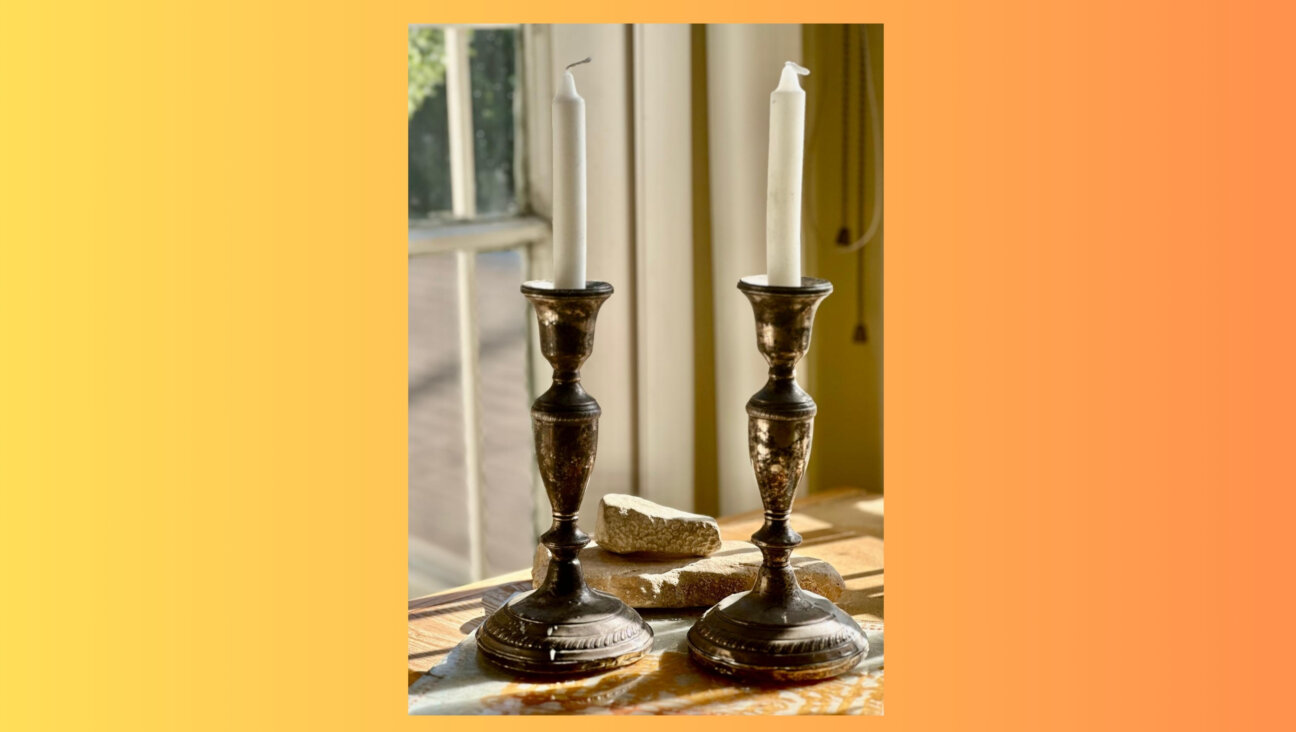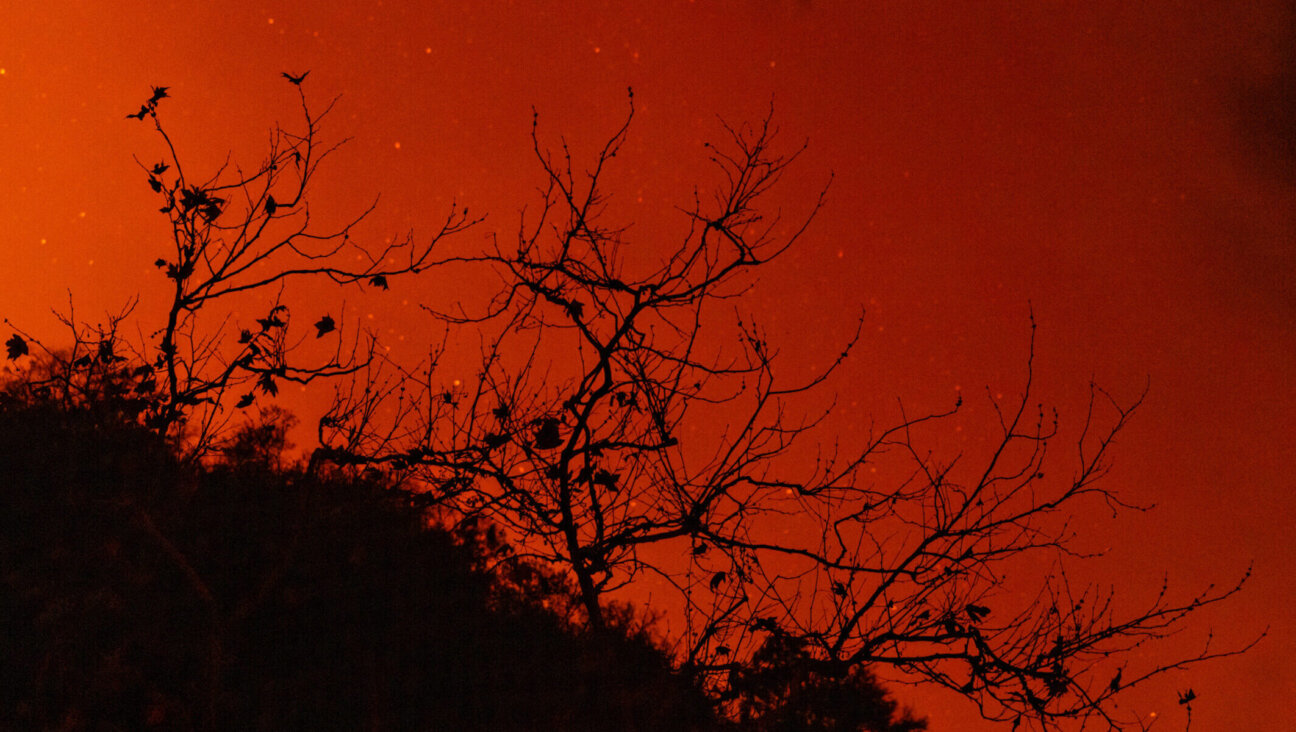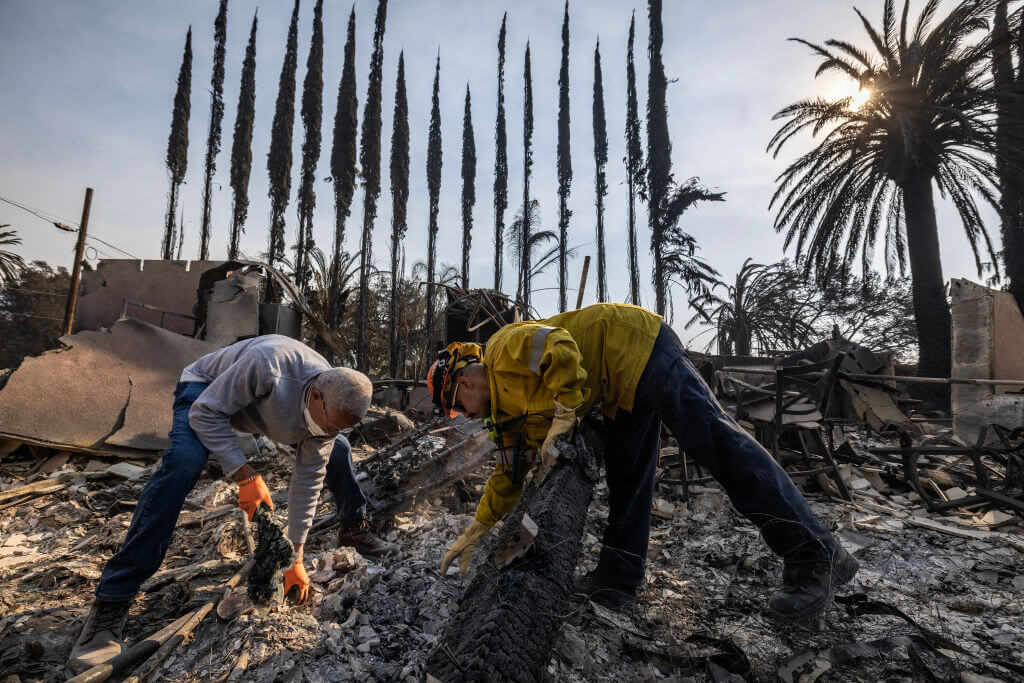New Orleans Jews Face a Quandary: Should They Stay or Should They Go?
NEW ORLEANS — Harry Lazarus, the owner of a construction company founded by his father-in-law nearly a half century ago, has lived in New Orleans his entire life. He has no plans to leave anytime soon.
His older brother, Edward, an obstetrician, delivered babies during Hurricane Katrina without the aid of electricity or epidurals, then summarily decamped for Memphis, Tenn., to be near his daughter and grandchildren. He has no plans to return.
Like so many of the city’s residents since the hurricane, the Lazarus brothers face a difficult choice: Rebuild in New Orleans or move elsewhere?
It is still too early to know how many Jews will return, given lingering uncertainties that include the size of insurance payouts, the job market and the government’s commitment to rebuilding the levees to withstand another major hurricane. So far, according to Jewish communal leaders, 2,000 to 2,500 of the city’s 9,500 Jews have returned to the metropolitan area — a proportion that roughly mirrors the rate of return among the city’s 450,000 residents. Some communal leaders are predicting that in the end, a quarter or more of the Jews from New Orleans may not return. The drop would only compound difficulties for the area’s synagogues and day schools, which already faced significant budget woes. (Please see Page 8 for related story.)
“The first question is, ‘Are you going to stay here?’” said Michael Kancher, executive director of Shir Chadash Conservative Congregation in suburban Metairie, which took on a foot of water when the West Esplanade canal overflowed.
On a recent morning, Kancher sat in an office that had bare floors and exposed wooden beams. “Everyone just wants to think you can blink your eyes and things will be back to normal,” he told the Forward, recalling the whispers of betrayal that had swirled throughout the congregation after a prominent leader of the temple sisterhood quietly moved to Atlanta. (Post-Katrina émigrés also include one of the city’s Orthodox rabbis and one Reform temple’s educational director.)
Kancher’s wife has moved into her sister’s house in Silver Spring, Md., and for now he is back living with his college roommate. “It’s like I’m shopping for [a] fraternity house,” Kancher said. “I’m living in plastic bins.”
He offered what he described as an optimistic prediction, saying the 400-family congregation would lose at least 20% of its membership — a figure echoed at other congregations across the city.
Like other small, Southern cities, New Orleans has a tight-knit Jewish community with deep roots. (Jews have lived in the city since the 1700s, and the community flourished after the Louisiana Purchase in 1803.) Communal leaders expect the core of those who do return to be long-term residents.
“You’ll see that most of the people that are going to stay are the people who grew up here,” said Louis Geiger, temple administrator of Reform congregation Gates of Prayer. During the 1860s Geiger’s great-great grandfather, Philip Geiger, served as president of the Metairie synagogue.
“That’s so unique to New Orleans’s culture,” he said. “You go to Atlanta or Dallas, and you find so many people that are transitory…. Here you meet someone and you say, ‘Oh, I remember you from junior high school.’”
Many Jewish residents operate family-owned businesses — not only construction firms but also doctor’s practices, clothing shops and the numerous Jewish-owned antique dealers lining Royale Street in the French Quarter — that have been passed down through the generations, with reputations burnished by years of service in the community.
A visit to the Rubenstein Brothers clothing store on Canal Street found Allison Marshall, 30 — representing the third generation of her family working there since its founding in 1924 — explaining her clan’s commitment to remaining in the city.
“It’s a family business,” she told the Forward, adding, “We own our building; it’s not like we can go to Baton Rouge — and you know, this is our home.”
But for every Harry Lazarus or Allison Marshall who has stayed, there have been others, particularly those in financial and legal fields, who have left New Orleans to work in major cities that have corporate anchors. In between the two poles of staying and going are the scores of people who are living in transit. Many are parents who simply rushed to enroll their children in schools in other cities.
Several New Orleans-area schools are reporting steep declines in enrollment. Gates of Prayer’s nursery school, which normally has 80 children, is expecting to reopen after Thanksgiving with only 35 to 40. The area’s only Orthodox day school, the Torah Academy, normally has 60 children in kindergarten through eighth grade, but administrators are expecting only 25 to 30 when doors reopen in January. The Federation’s community day school will remain closed for the remainder of the school year.
The fear of many communal insiders is that what started out as a sojourn for New Orleans’s young Jewish families may become a permanent decision to stay in a bigger Jewish community.
“I think they’re finding, unfortunately, that the benefits of a larger Jewish community are so great,” said Shir Chadash’s Kancher, who has spoken with a number of families living in Houston.
At the other end of the age spectrum, Katrina has pushed out many older members of the Jewish community. In many cases, elderly Jews have gone to live with children in other cities, and those nearing retirement have opted to relocate rather than rebuild.
Even before Katrina, New Orleans hardly could have been described as booming. The city’s population grew 4.1% from 1990 to 2000, ranking it 222nd in growth among metropolitan areas across the country and behind both Topeka, Kan., and Allentown, Pa. according to the United States Census Bureau. In contrast, other Southern cities — themselves recipients of many Katrina evacuees — have expanded steadily: Atlanta’s population has grown 39% since 1990, making it the country’s 11th fastest-growing metropolitan area, while Houston grew by nearly 40%.
In the wake of the hurricane, many who were contemplating a future move out of the city have opted to make the transition sooner than expected.
Susan Levin, who operates an assistance service for elderly residents, told the Forward that she has seen the trend play out for both old and young: Many of her clients have relocated to be closer to their children, while her daughter, Jillian, a recent graduate of Boston University, stepped up her plans to move to New York. She had planned to pursue a graduate degree in New Orleans, but quickly found a job working for the 92nd Street Y.
For many Jewish residents — particularly those who lived in New Orleans’s Lakeview neighborhood south of Lake Pontchartrain, which was completely submerged when the 17th Street Canal was breached — the stay-or-go calculus includes a particularly stressful financial component. Many residents have found themselves facing repair bills that easily exceed the $250,000 covered by most flood insurance policies. In addition, residents are facing uncertainty over how much their homes are actually worth as result of the overall devastation. In Lakeview South, Harry Lazarus’s mother-in-law Ann Bennett owns a stately home that he estimates was easily worth $700,000 before the hurricane; now, real estate speculators are offering to buy homes in the neighborhood “as is” for $200,000 or less.
A message from our Publisher & CEO Rachel Fishman Feddersen

I hope you appreciated this article. Before you go, I’d like to ask you to please support the Forward’s award-winning, nonprofit journalism so that we can be prepared for whatever news 2025 brings.
At a time when other newsrooms are closing or cutting back, the Forward has removed its paywall and invested additional resources to report on the ground from Israel and around the U.S. on the impact of the war, rising antisemitism and polarized discourse.
Readers like you make it all possible. Support our work by becoming a Forward Member and connect with our journalism and your community.
— Rachel Fishman Feddersen, Publisher and CEO





















